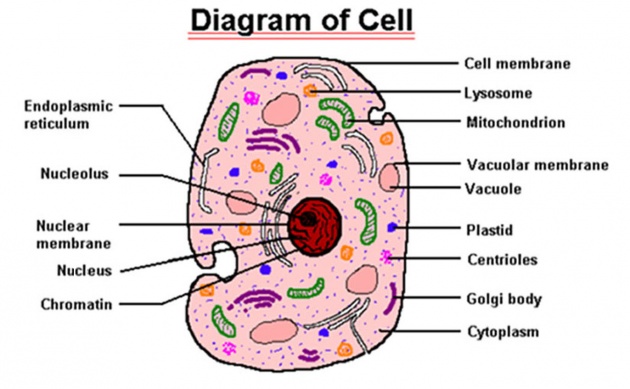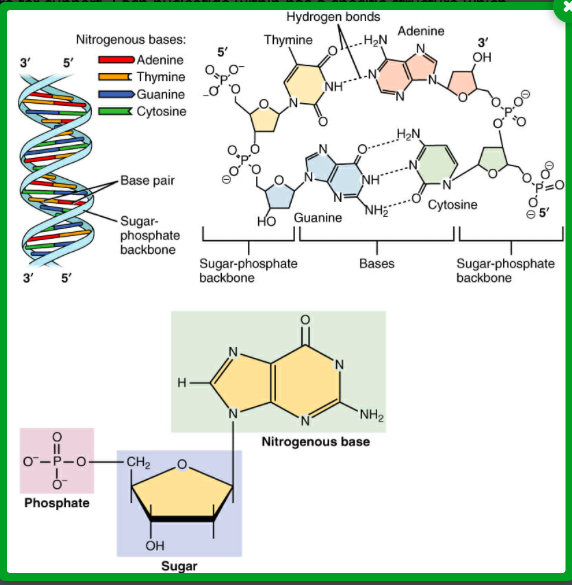In 2014, I wrote a post on mitochondrial DNA replacement therapy. In 2018, the technique was legalised in the UK. Now legalised, it means that mother’s who have mitochondrial disease can have healthy children with their own nuclear DNA, so with their characteristics. I think we can all agree that this is a breakthrough and a huge relief to these patients, but what if I told you we could do the same to the nuclear DNA. The DNA that makes your baby, your baby, would you argue for gene therapy then?
What is DNA?
We hear the term DNA all the time, on the news they show fancy graphics with double helices twisting around, distracting you from the actual story. Spiderman spouts out some clever DNA related phrases as you fly through New York on the PlayStation. You can test your genome for free online, meaning you can open your results whilst having breakfast without an inconvenient, but probably appropriate trip to the doctor. This means that really we should all be experts on DNA, but pause now and tell me what is the definition of DNA?
Life has been on Earth, coded for by DNA, for 4 billion years, but until the mid-20thCentury, we had absolutely no idea how our traits were inherited. Darwin had come up with his theory of evolution, though there was one major flaw, he couldn’t tell you how it worked. A German monk called Gregor Mendel shed some light on this by breeding different pea plants together, but it wasn’t until Crick and Watson published ‘Molecular Structure of Nucleic Acids: A Structure for Deoxyribose Nucleic Acid,’ in 1953, that we could work out how these traits were passed on. Here, I feel the need to mention that they did this on the back of Rosalind Franklin’s X-ray techniques and in the sexist world of the 1950s she didn’t get the credit she deserved.

Figure 1.Image taken from: Bitlanders, Structure of a Cell, [online] June 27 2014, Accessed March 27 2020. https://www.bitlanders.com/blogs/structure-of-cell-pari1/245511
So, what did Crick and Watson discover: DNA is the information-carrying molecule of your cell. In our eukaryotic1, animal cells, most of our DNA is found in the nucleus (Figure 1). The question is, how can a molecule made of carbon, oxygen, nitrogen, phosphorus and hydrogen define who I am? It is all about order and arrangement. DNA is made up of nucleotides (Figure 2). Each nucleotide is made up of a pentose sugar (a sugar with 5 carbons in it), a phosphate and a nitrogenous base. Between the nucleotides the nitrogenous base can differ, either having an adenine, cytosine, guanine or thymine base. However, as biologists are lazy and as the human genome is already 130 very big volumes long, they are referred to as A,C,T and G. The order of these bases codes for the structure of a protein and these proteins are what make your characteristics, you are in effect a well-designed big lump of protein.

Figure 2. Picture taken from: Biology Dictionary, Nucleotide Definition, [Online] 2020. Accessed on 27 March 2020. https://biologydictionary.net/nucleotide/
Crick and Watson proposed their DNA structure and it was widely accepted. However, there were a few sceptics. Firstly 4 bases, seemed too simple and convenient, but that’s how it is, simple and convenient. Secondly, when you put all the DNA in your cells together, end to end, it’s length would be equivalent to travelling to the sun and back 70 times, so how on Earth does it fit in a tiny organelle inside my cell? This is where the double helix comes in (Figure 2). To form a double helix, the bases conveniently fit together, so that A fits with T and C fits with G. This forms a double strand which then twists and folds into a double helix. With the help on some proteins called histones, the double helix folds into chromosomes allowing a huge amount of DNA to fit nicely into your cell nucleus.
So, that is nuclear DNA, that is what makes you, you. Nuclear DNA determines hair colour, eye colour, how clever you are, your Dad’s smile, that gesture your Mum makes when she’s flustered. Why would anyone want to change you?
Should we change DNA in our children?
This argument is a hairy one, one that can be overshadowed by the dark days of eugenics and the thought of genetic enhancement. I think we can all agree the world is better when we are all unique and different. However, used wisely we could cure cystic fibrosis, reduce the risk of early onset dementia and the predisposition to certain types of cancer. Furthermore, we have messed about with DNA for years with selective breeding in animals and not so long ago, certain classes only marrying people within their class. Today, we do it clinically with pre-implantation genetic diagnosis.
Pre-implantation genetic diagnosis can help if you are a potential parent who knows that there is 50% chance of having a baby with a genetic disease which will affect theirs, and let’s be realistic, your quality of life. You could spend pregnancy worried, you could spend their early childhood worried, when they are old enough to make the decision they could refuse treatment. It is an incredibly worrying time. However, there is a possibility that you could have your embryo’s DNA checked and a definitely healthy embryo could be implanted back into your womb. You now know that your child has the same chance of being healthy as any other child, reducing the worry and allowing you to think about things like putting their name down for a good nursery before they are even born. At the end of the day, it all boils down to personal decision, and sometimes, personal belief, but I know what I would choose.
It is important to note, that in pre-implantation genetic diagnosis you are changing nothing, you are just choosing which embryo to implant. The genetics in that embryo are still the random mix of Mum and Dad you would get when a sperm naturally fertilises an egg, but you choose the one which doesn’t have the gene that causes illness. This isn’t the case in Germline2 Genome Editing.
In Germline Genome Editing you can use a technique which cuts out a gene and replaces it, such as CRISPR technology3. This means that you have changed the genes in your embryo and this is where people start to feel uncomfortable. Where do you draw the line? What is an illness? What would we change? For example, would you change the gene for being deaf? I’m sure if you speak to many deaf people they wouldn’t change themselves as they are living an independent, successful life, so why should they? It’s a contentious issue as it could be a technique that produces our designer babies. Plus, we don’t seem content to stop with us; it has been mooted that we could change the DNA of the endangered African Elephant to reintroduce the Woolly Mammoth, Jurassic Park style. To me, this proses multiple questions: Is this really right? Do we really need this? Are we playing God?
Here is the take home message, genetics is amazing and in 70 years we have come such a long way. However, like with all new technologies there are brilliant breakthroughs and there are aspects that make us uncomfortable as they affect all of us. So, that is why I have written this blog, I want you to think, where should we draw the line?
Footnotes
- Eukaryotic refers to an animal, plant, protozoa or fungal cell which has its DNA stored in a nucleus and has membrane bound organelles.
- Germline refers to sex cells which pass on genetic information. In humans, these are sperm and egg cells.
- To learn more about CRISPR technology please refer to my previous blog: ‘I Hate Plants, They’re Boring… Or are they?’.